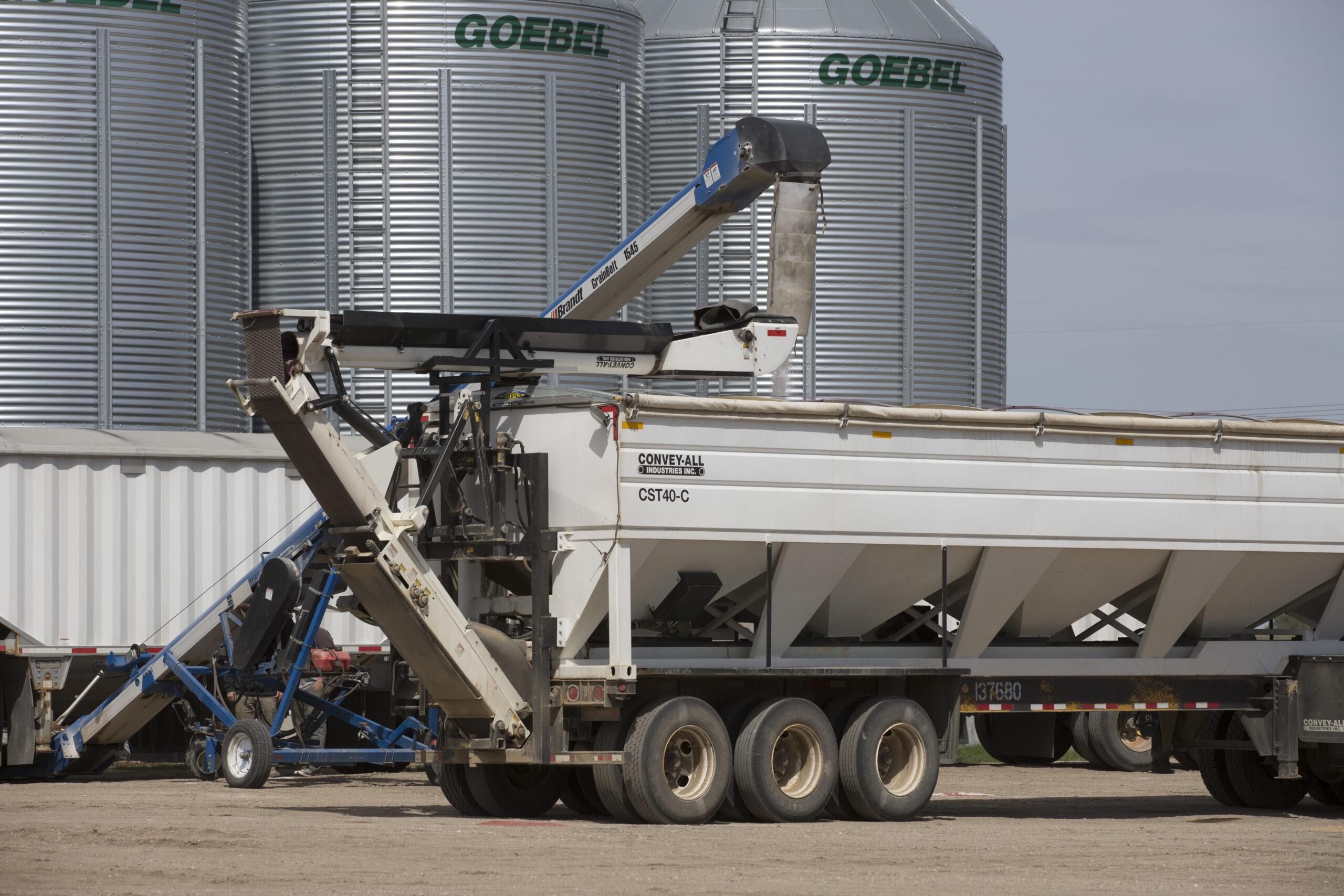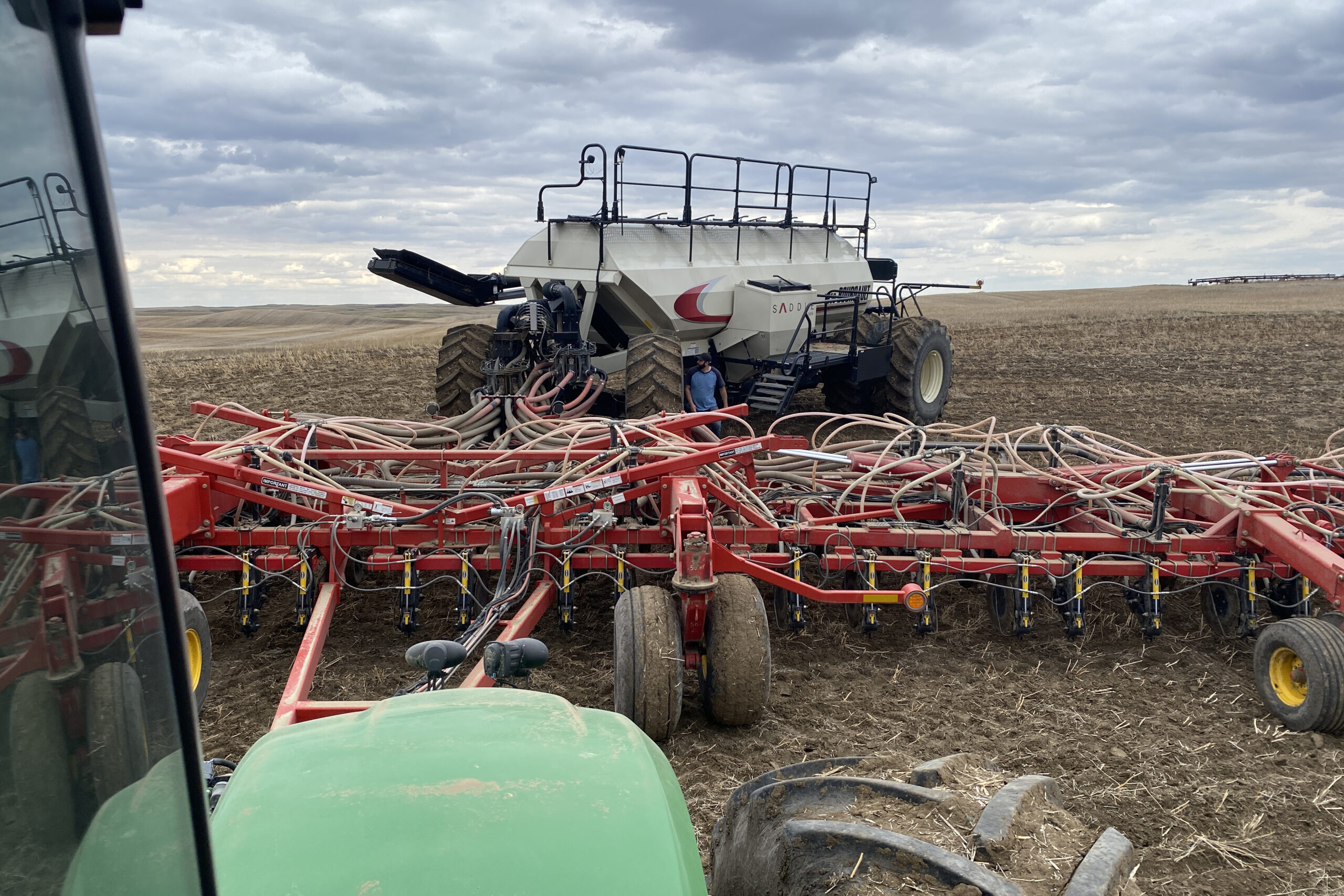By Brian Clancey, STAT Publishing
March 2024
The Red Sea is not as prominent an issue in world news as was the case when attacks on international shipping intensified in December and January. There was an immediate, though short-lived reaction in petroleum markets. There was little reaction in global grain markets even though global shipping has been affected.
There have been little or no direct impacts for Western Canadian farmers from attacks on shipping in the Red Sea and to a lesser extent in the Indian Ocean. However, they are having an impact on the cost of shipping and creating demand and payment risks in some destinations. Even so, this season has been marked by relatively strong demand, initially for green lentils and for yellow peas after India decided to eliminate import duties until March 31 (now extended to April 30). The impact of improved demand on prices paid to farmers masked the effect global shipping problems had on ocean freight rates and shipping times.
Canada is in a good geographical position. Cargo loaded from Canada’s East Coast is mainly destined for Europe, the Mediterranean, some ports in Central and South America, and possibly Africa. Those ships should be able to avoid the Red Sea. As a result, insurance costs and transit times should be little changed. However, freight costs are affected by the global situation, with the result some routes have seen increases.
Destinations for cargoes leaving from Canada’s West Coast ports is more varied. Both container and bulk conventional shipments can be for countries in Europe, Mediterranean, the Americas, and possibly Africa. Those ships move through the Panama Canal. An estimated 6% of global ocean freight moves through the canal each year, especially container ships. However, because of severe drought, the number of ships that can move through the canal each day has fallen from a norm of 36 to 24 as of January 18. This is up from 22 in December and above initial projections the number may be reduced to 20 vessels in January and 18 in February. The most obvious effect of reduced traffic through the canal is longer transit times, which could result in higher freight rates to pay for extra days spent waiting to move between the Atlantic and Pacific oceans.
On the other hand, West Coast shipments to countries such as China and India are largely unaffected by the global shipping problems. However, there remains the potential for higher freight rates and possible problems getting containers. On balance, the impact on Canadian farmers, processors, and exporters are more indirect, but, they should not be discounted.
Exporters in many parts of the world are facing problems because of the Red Sea attacks including higher freight rates, shipping delays, and potential container shortages resulting from less container repositioning in Asia for eastbound goods.
In a recent discussion of the situation in Turkey, the United States (U.S.) agricultural attache for that country wrote, “It is unclear whether the situation in the Red Sea will have any noticeable impact on overall export volumes…(though) there is a chance that import demand could slip if the current situation in the Red Sea persists. Owing to the threats in the Red Sea, the price to ship a container through the Red Sea has skyrocketed in recent weeks. According to trade contacts, freight prices have jumped as much as ten times from where they were (in December). As a result, some traders have reportedly paused or redirected shipments…especially those going to the Horn of Africa.”
More direct impacts are reported by Australia and Indian exporters on shipments to Europe, the Middle East and Africa. The need to be price competitive with origins unaffected by the problems means that margins are being squeezed for those countries.
For Canada, this creates some opportunities to sell more pulses to European and Mediterranean destinations. On the other hand, to the extent re-exports from Turkey are compromised by the problems in the Red Sea, Canadian farmers may see reduced demand for red lentils and other pulses.
Turkey’s largest buyers of lentils include Algeria, Iraq, Sudan, and Egypt. Canada is the largest supplier of lentils. Some Canadian lentils are used by domestic markets, but a significant portion is re-exported. If Turkey finds it more difficult to securely ship product to destinations in Africa and the Middle East, it may import less from Canada. That would have a direct impact on Saskatchewan farmers because they are the main producers of pulses shipped to Turkey.
Growers are also affected in less obvious ways. Shipping delays translate into payment delays to exporters, which affects their cash flow. The fact that some of our buyers might be counted in that group could see an overall slowing of cash moving through the system. This can translate into a more cautious attitude toward buying by processors and exporters, which farmers may perceive as a moderate decrease in overall demand.
It is hard to see how current problems affecting global trade flows will be quickly resolved. Issues facing exporters and importers are not just the result of the situation in the Red Sea or Panama Canal.
After several years of relaxed monetary policy, interest rates have risen sharply in many parts of the world. The implication is several market participants in various countries had already been facing cash flow problems. Those are made worse by the current shipping problems.
The direct impacts on farmers are not easy to quantify. Cash flow problems affect the willingness of companies to buy more than they know they need or commit to deferred purchases from growers. They want to be certain about their ability to sell what they buy. This could translate into a focus on known demand and less interest in developing markets.
The bottom line is the more we rely on what we know, the more vulnerable we become to political decisions by nations we well as events such as the Red Sea attacks. In the long run, growers could see less local and international competition for what they grow, possibly lowering average returns and slowing overall demand growth.



